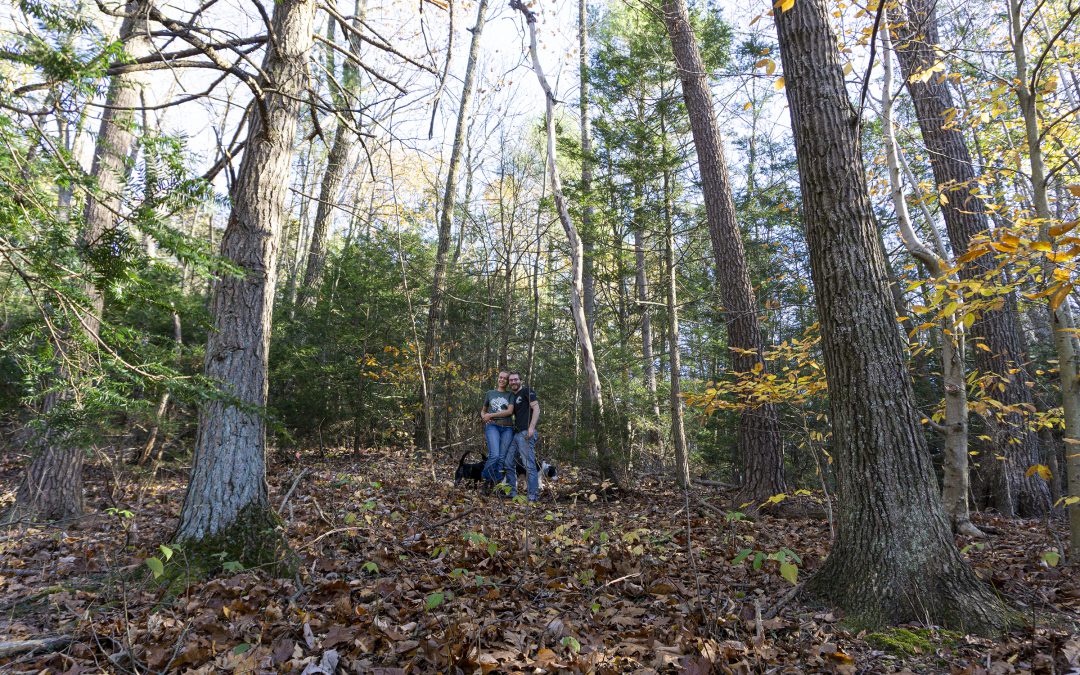
by William | Nov 18, 2020 | Healthy Living, Net Zero, Small Footprint
Dear Readers,
As an architect that desires to design healthy and beautiful spaces for people and their environment, the Living Building Challenge that we have recently come across is truly an exciting idea. As I’m sure you’ve guessed from reading the basics of the challenge, Shelby and I would undoubtedly like to strive for the certification with our own home. To help myself understand the mandatory Imperatives of the 7 Petals, I thought it best to write these blogs as I research.
In order to be Living Building certified, The Seed must meet the seven petals put forth by the International Living Future Institute. The seven petals are: Place, Water, Energy, Health and Happiness, Materials, Equity, and Beauty. Each petal is made up of a number of Imperatives. Because the petals and their imperatives deserve decent explanations, and because we have many thoughts, questions, and challenges that go along with each of them, each petal will be its own blog. So, beginning with the Petal of Place…
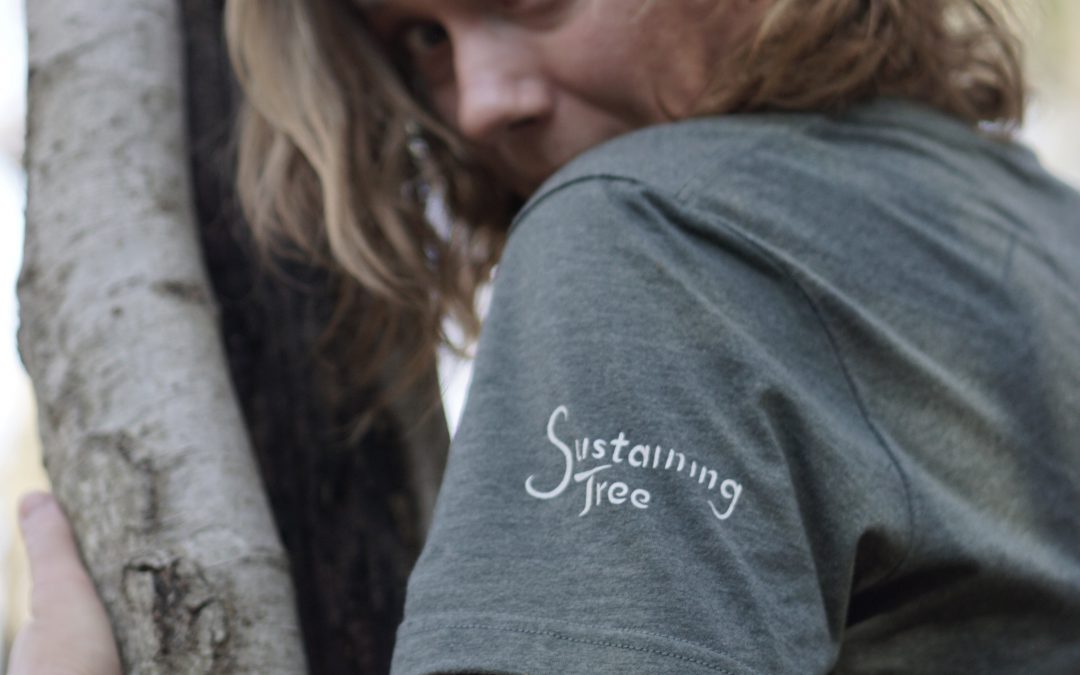
by William | Nov 11, 2020 | Healthy Living, Small Footprint
Dear Readers,
William and I want t-shirts with our Sustaining Tree name and logo on them. Mostly for ourselves. Because we are egotistical and vain and want to wear our endeavor literally on our tummies. But, if you feel like purchasing a shirt for yourself and modeling our tree on your tummy, then we figured we might as well make that option available to you!
However, being us…the perhaps extreme idealists that we are…we want our shirts to be as environmentally and socially and internationally and community friendly as possible. I didn’t quite realize how tough that is to do…
We are deciding to go through Printful (a print on demand service) for our shirts for three main reasons:
~ I don’t want to bulk order a bunch of t-shirts with trees on the tummy to have them just sit around the house waiting to be ordered. William and I very well may be the only ones who want trees on our tummies, and having so many unwanted, unworn, t-shirts laying around seems like a waste…of a lot of things.
~ If you do happen to want a tree on your tummy, I don’t want to go through the hassle of mailing it to you. The post office is a 15 to 20 minute drive away (depends if I have to stop to save a turtle crossing the road) and I don’t feel like doing that. I’m lazy. Sorry.
~ Printful claims to be taking a turn to the sustainability side of our consumer culture. They are attempting to widen their eco-friendly merchandise options and make their methods also just a bit more earth conscious. Their more obviously sustainable options are their ‘recycled t-shirts’- made from recycled cotton scraps and upcycled polyester rPET (essentially, fabric made from water bottles…)! A less obvious sustainable option, the one focused on in this blog, is Bella + Canvas. Bella + Canvas is one of their avenues for more ‘green’ oriented t-shirts.
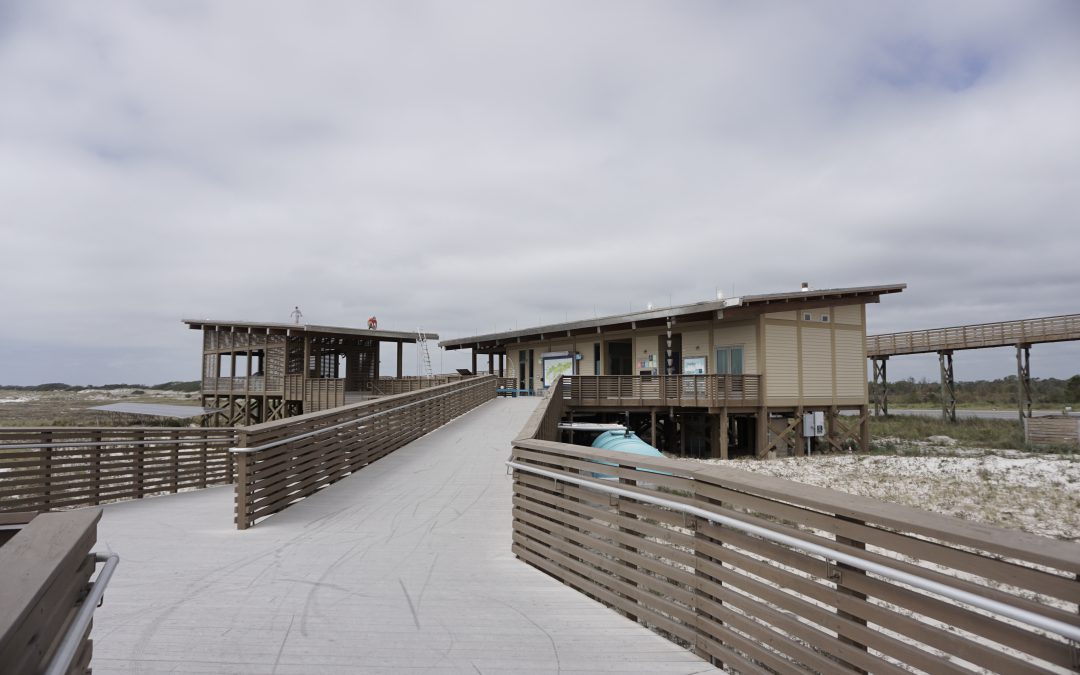
by William | Nov 4, 2020 | Small Footprint
Dear Readers,
Alligators! Cottonmouths! Sharks! Oh my!!
Our honeymoon 3.0 (celebrating our two year anniversary!) was certainly filled with all three…all thanks to the beautiful, nature-loving, audacious and adventurous, Farren (oh, and her fellow partner in wildlife and everyday life endeavors, Tom!). The two of them introduced William and I to the gulf of Alabama in a bold and very real way. Within an hour of being there, I already had a full-out biology lesson on seashells and their former inhabitants…especially about who eats who…I never knew snails were responsible for that lil’ perfectly formed hole you sometimes see on small seashells (which I always thought was just a convenience for making seashell jewelry)…they just drill their little snail tongues right on in there and suck up the insides…
Beyond the seashells, Farren and Tom, both working for the environmental integrity of Gulf Shores, Alabama, took us on many adventures. We went on excursions through the park and conservation areas, unintentional swims with blacktip sharks, alligator sightings, and a personal tour of a real-life Living Building Challenge certified building: Alabama’s Gulf State Park Interpretive Center…
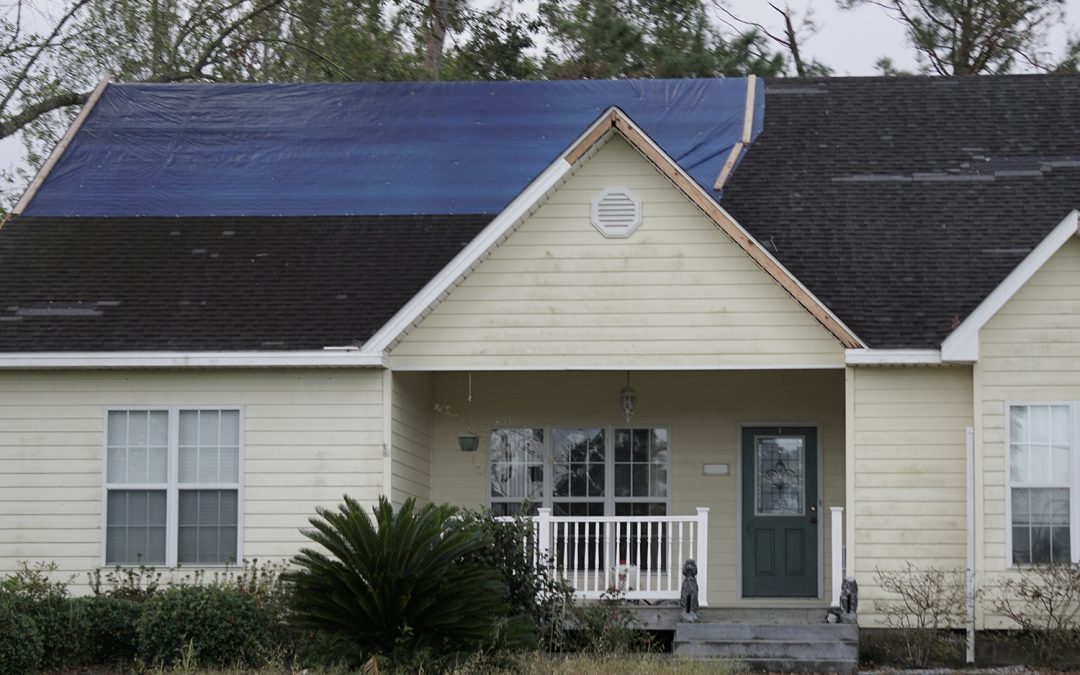
by William | Oct 28, 2020 | Healthy Living
Dear Readers,
Shelby and I are on a trip down South to visit a good friend. We are right next to the coastal waters in the state of Alabama. It’s a beautiful area and for us native Pennsylvanians, their October weather just feels like an extension of our summer – so we picked a good time to come down. However, as some of you may remember, the little bit of Alabama that touches the Gulf of Mexico was recently ravaged by Hurricane Sally, and it is obvious as you traverse through the area. Shelby and I very well know that Pennsylvania does not usually have to worry about hurricanes, but with our passion for building sustainable, healthy homes, we can’t help but wonder…what kind of damage is typical of hurricanes, and are there ways to prevent it?
As we continue to warm the planet, there are many side effects that we will be facing, and some of them are being felt already. The year 2020 is on track to produce the most named storms ever recorded. The last and only other time that we have used the Greek Alphabet to name Atlantic storms was in 2005. As of this writing, with still a month and a half left in the hurricane season, 2020 has tied with 2005 due to the forming of storm Zeta. Although the amount of tropical storms we usually see every year has not increased, the strength and rapid intensification (a storm’s ability to grow in strength over a short period of time) of those storms has.1 We are seeing more named storms (storms with wind speeds of 75mph or greater) which, because they are warmer, are holding more water than we are used to.
Hurricane Sally made landfall in Gulf Shores, Alabama on September 16th, 2020 as a Category 2 hurricane. Although it was only a Category 2, it brought significant rain and flooding with it. As most may be aware, one of the biggest threats to a home is water. Water can rot or rust a structure, along with everything else in a building. It can also create mold and mildew and ruin the quality of a home’s interior air. Needless to say, if water gets into your home, then you’re probably left with a lot of damage and cleanup (and you better have good insurance or be wealthy). As Shelby and I have been touring through the Gulf Shores, the most damage we have noticed is to roofs. Roofs are either missing shingles, covered in tarps, hit with downed trees, or simply missing. Although this is the most visible damage, it’s obvious that this comes with the potential for plenty of water damage inside. Without a proper lid on your home, your home becomes a bucket.
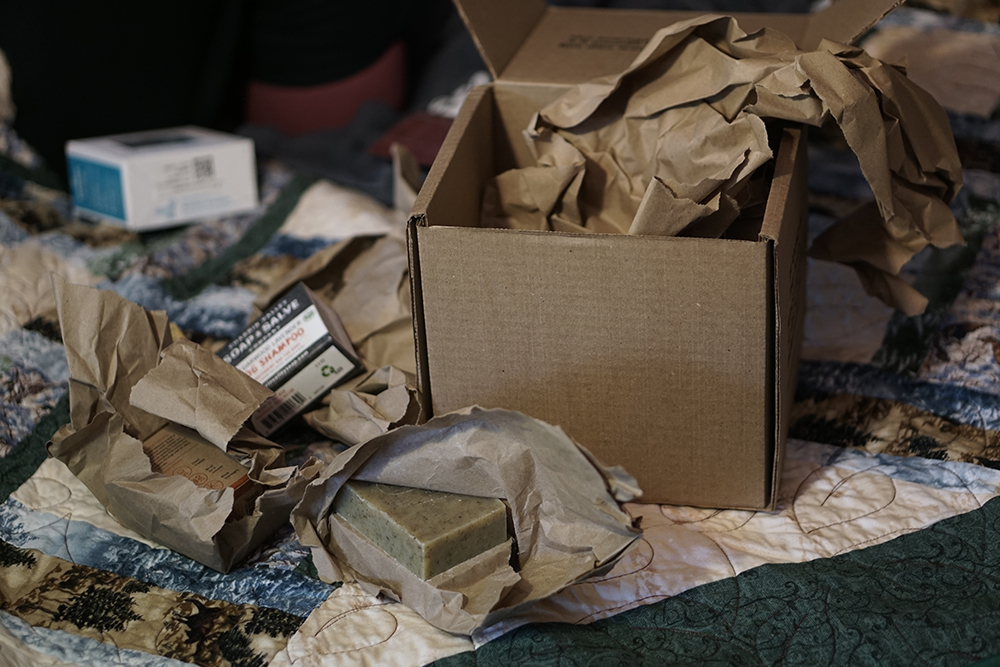
by William | Oct 14, 2020 | Healthy Living, Small Footprint
Dear Readers,
Shelby and I are going on a diet. Not with calories, but with our consumption of single-use packaging and disposal items – in other words, a trash diet. And we’re hoping to find ways to make it permanent, and not too inconvenient. Attempting to reduce our production of trash is one of those things that at first glance, doesn’t seem too difficult. Then you start thinking about it every time you throw something in the trash can… and it becomes daunting, fast. You really have no idea how much you throw away until you’re trying to stop! And it’s not like an addiction that one needs rehab for or anything, it’s a product of our society. It is the way we all do things, and it is the way things are made. There are sooooooo many trinkets, doodads, and wrappings that we literally only use ONE time, and then send to a landfill. However, with some dedication and a little more attention to such things, you can start to reduce your landfill-footprint on the planet, one doodad at a time. In this blog, I am going to share a little bit about how we have started doing it.





